Medical
Paramedics Association concerned over uni students being thrown in to COVID-19 frontline
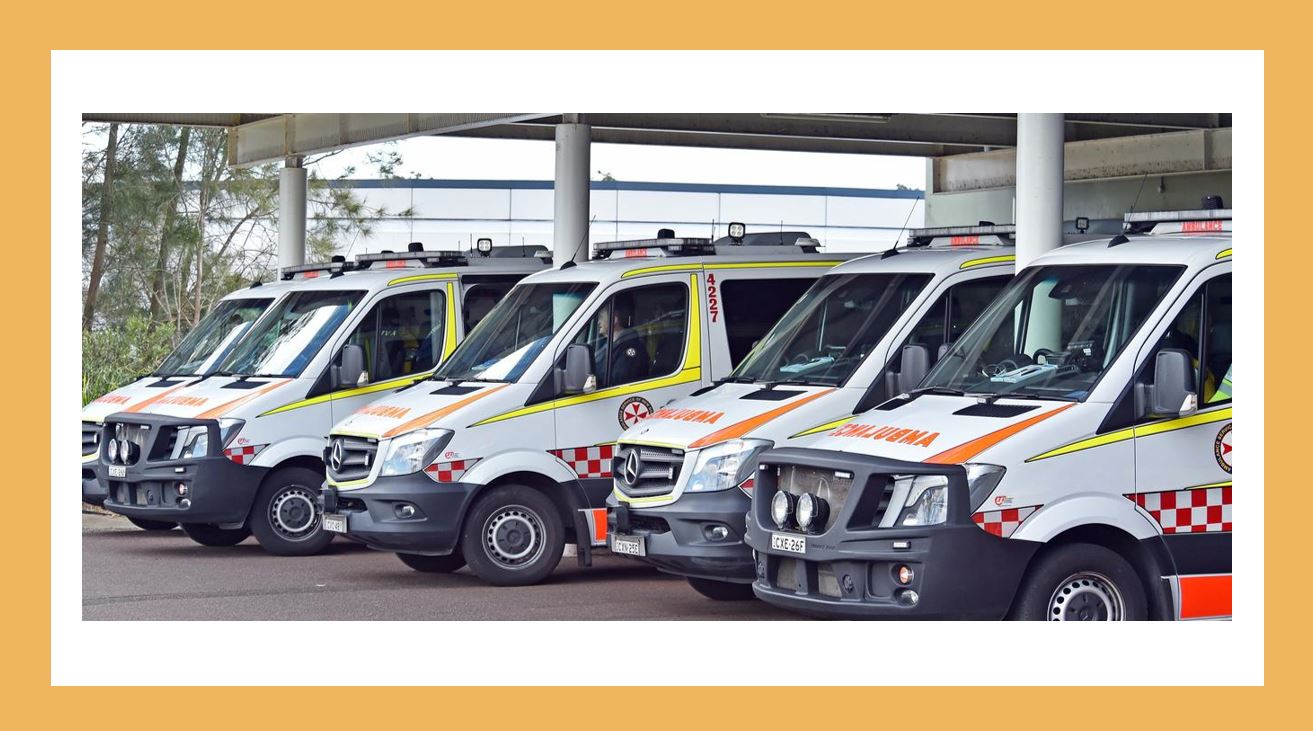
The Australian Paramedics Association NSW (APA(NSW)) has significant concerns for the safety of patients, Paramedics and university students after NSW Ambulance (NSWA) announced their plan to temporarily introduce Paramedic students to out of hospital emergencies.
NSWA has proposed to place two-hundred-and-fifty 2nd and 3rd year Paramedic students on the front line after a brief induction course. Under the proposal from NSWA, these students would be hired on a casual basis and would fill unplanned vacancies.
“This proposal poses a substantial and avoidable risk to public safety. These students would not be permitted to drive an ambulance under ‘lights and sirens’ and would not be able to treat patients unsupervised,” said APA (NSW) Acting Secretary and operational Paramedic Liu Bianchi.
 Register FREE and join 20,000+ industry professionals receiving the latest industry news and engaging content from Health Industry Hub; the ONLY one-stop-hub connecting Australia’s Pharma, MedTech and Biotech industry professionals.
Register FREE and join 20,000+ industry professionals receiving the latest industry news and engaging content from Health Industry Hub; the ONLY one-stop-hub connecting Australia’s Pharma, MedTech and Biotech industry professionals.
When an ambulance crew is responding to the most urgent emergencies, such as heart attacks, respiratory arrests and strokes, the student Paramedic would not be able to drive ‘lights and sirens’ to hospital, and would likely be attempting to treat the patient while the supervising Paramedic drove. In an emergency, Paramedics need to be performing the life-saving skills they are trained to do.
“We understand that this is an unprecedented crisis, but NSWA will be placing Paramedics under extreme pressure with this strategy. It will cause far more harm than any perceived benefit,” said Ms Bianchi. “This is an irresponsible and ill-thought out plan from NSW Ambulance. Rash workforce planning is only made necessary through a systemic failure to use ambulance resources appropriately.”
APA (NSW) members are reporting that they are being sent to non-urgent potential and confirmed COVID-19 patients in order to transport them to hospital. On multiple occasions, they have arrived to find the patient well enough to stay home.
Some of the burden on Ambulance resources could be addressed by appropriately triaging patients who call 000. Bureau of Health Information (‘BHI’) data from last quarter (Oct-Dec 2019) showed that only 45.3% of jobs attended by ambulances were categorised as emergency.
NSW Ambulance is at the frontline of this crisis. It is imperative that they appropriately triage patients who call 000. Failing to do this will lead to vital ambulance resources being used to unnecessarily transport patients to overflowing Emergency Departments that are already stretched beyond capacity.
“NSW Ambulance needs to go back to the drawing board. This is a disaster waiting to happen,” said Ms Bianchi. “As long as Paramedics are continually and constantly tasked with non-urgent work, NSW Health will be putting the public at risk. The COVID-19 pandemic has made this clearer than ever.”
News & Trends - MedTech & Diagnostics
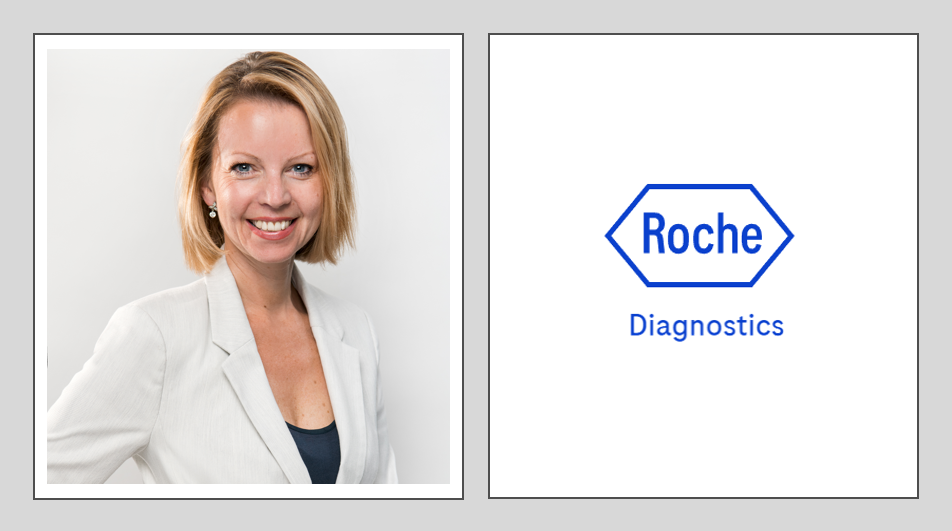
Roche Diagnostics MD bids farewell after two-decades, leading the organisation to new heights of success
Diagnostics & MedTech News: The Managing Director of Roche Diagnostics Australia, Allison Rossiter, has announced her resignation, effective September 2024. […]
MoreNews & Trends - Pharmaceuticals
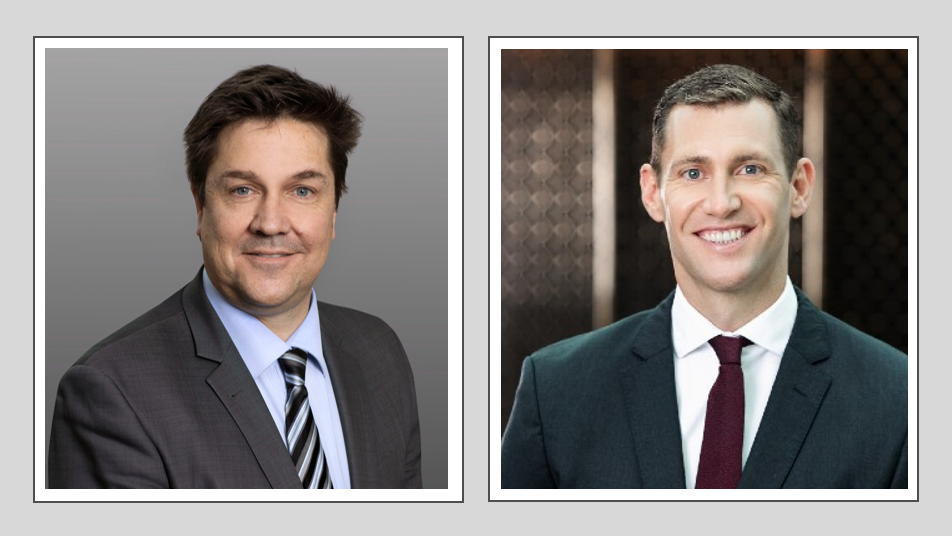
Is Australia ready to play a leading role in precision nuclear medicines?
Pharma News: A newly released discussion paper unveils Australia’s preparedness to take the helm in the rise of the global […]
MoreNews & Trends - MedTech & Diagnostics
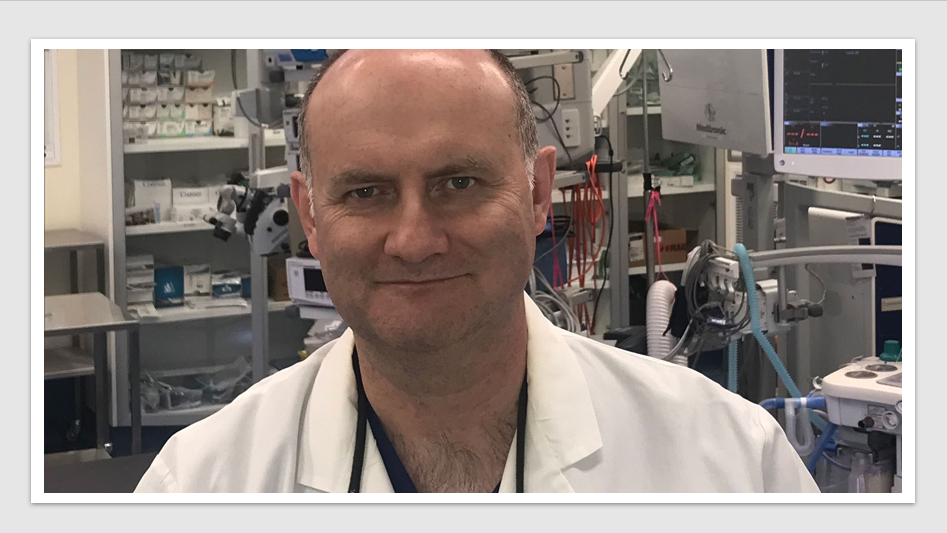
Minimally invasive procedure a first in epilepsy treatment
MedTech & Diagnostics News: An Australian-first procedure utilising MRI-guided, minimally invasive surgery has been introduced for the treatment of epilepsy […]
MoreNews & Trends - Pharmaceuticals
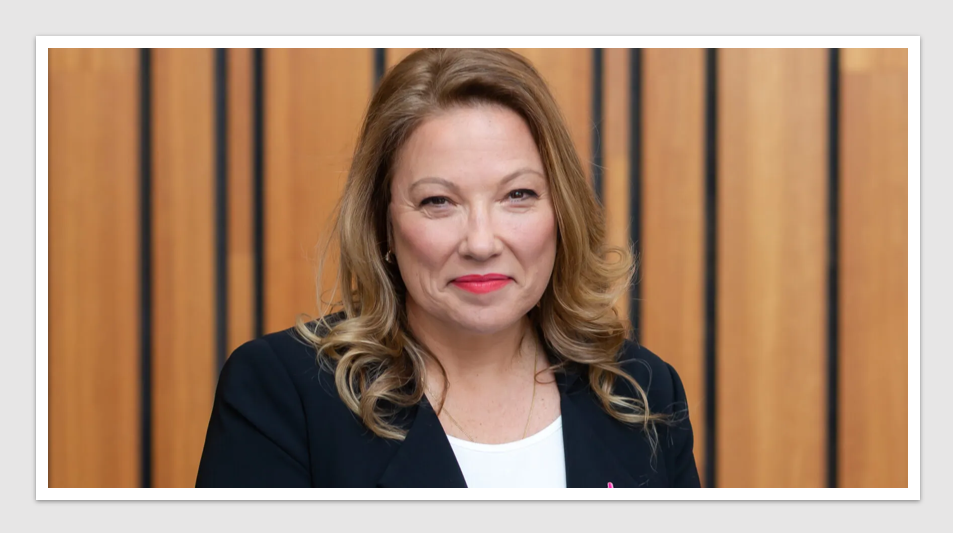
Stakeholders unite in international call to tackle breast cancer gaps and inequities
Pharma News: Breast Cancer Network Australia (BCNA) has united in an international call to raise breast cancer care standards and […]
More